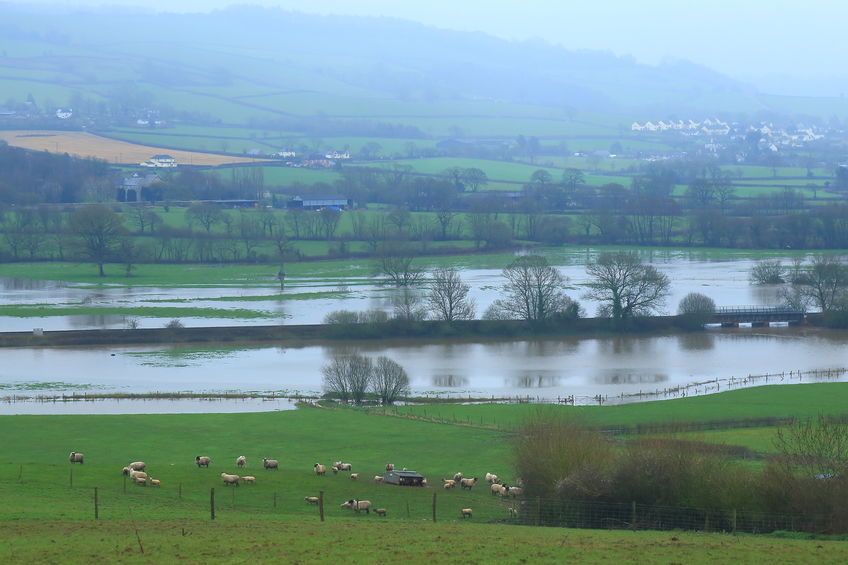
Farmers across Somerset are being invited to bid in the county’s biggest auction yet for projects to combat flooding.
The auction will run online from Wednesday 18 March to Monday 30 March 30 following successful trials in 2018 and 2019.
This year the Somerset Rivers Authority (SRA) are offering farmers a choice of up to seven different methods of natural flood management (NFM).
These include hedge planting, better maize management, and grassland subsoiling and slitting.
All measures help to slow the flow of water while delivering other benefits, the SRA said.
To take part, farmers must visit NatureBid, choose one or more NFM methods, select areas of their land where they believe those methods will get the best flood prevention results, then bid for funding.
The total available this year is £40,000, the biggest sum yet.
After the auction closes, bids get checked by the Farming & Wildlife Advisory Group SW (FWAG SW).
Grants from the SRA and Environment Agency are then given to the best, most competitively-priced ideas.
Cllr David Hall, Chair of SRA, said the system cuts out paperwork and saves time and money: "It lets farmers use their knowledge of their land to pinpoint places where we’ll get results," he added.
"The SRA has funded hundreds of natural flood management measures across Somerset, but online auctions mean we can do much more. Last year 200 bids were successful."
NatureBid technology has been developed by the Environment Agency with the Sylva Foundation at Oxford University. Following Somerset’s initial trial in 2018, it is now being increasingly used across the country.
Those interested are reminded that the website will not allow for bids to be placed in low-lying Internal Drainage Board areas, or in areas which drain out of the county.
